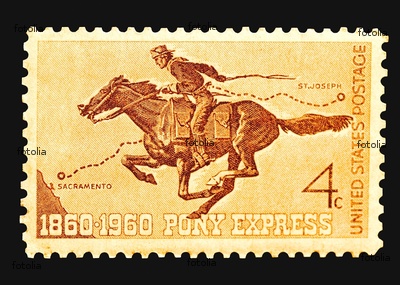When the Robots Are Driving the Tractor
Last evening, as I stayed up far too late reveling in the latest Red Sox baseball club disaster, (sorry Red Sox fan - but your 'nation' has now surpassed Yankee fan for sheer obnoxiousness. You used to be able to pull off that 'lovable loser' angle pretty well, but ever since you won the World Series you have taken on this entitled and smug attitude that is really off-putting. So there.), I was skimming through a few blogs and caught this article on the Endless Innovation blog that stopped my cold:
'When Robots Run Our Nation's Farms'.
The piece is, obviously, about the development of robotic and other automated machinery to improve the speed and efficiency of many time, labor, and capital intensive farming practices. Additionally, this latest generation of agricultural robotics will also help farmers with higher-value and complex decision making. From the Endless Innovation piece:
A new generation of robot drones is revolutionizing the way we farm in America, with Kinze Manufacturing and Jaybridge Roboticsrecently announcing the first-ever robot drone tractor capable of farming without the need for a human operator. Video clips are already circulating online of the Kinze tractor, gracefully coordinating its harvest dance with other autonomous machines. Once this robot drone tractor becomes part of the agricultural mainstream, robots will decide where to plant, when to harvest and how to choose the best route for crisscrossing the farmland. Humans, except perhaps as neutral trouble-shooters, will be all but unneeded. So what does it mean when robots run our nation’s farms?
It is a good question, and one the piece doesn't really have a good answer for, probably because these trends are still relatively new in large-scale commercial farming. But technology improving, enhancing, or replacing what was formerly human, manual labor and effort is certainly nothing new. We deal with this phenomenon every day practically in our homes and workplaces.
Last night I ordered a pizza online from a local shop, the order was automatically transmitted and printed out in the store, someone (it might have been a robot), made the pizza, and I received an email when the pizza would be ready for pickup. Since I had pre-paid online with a credit card, all I did when I arrived at the shop was tell them my name and walk away with the food. If we add in some theoretical process efficiencies in the shop, (RFID codes, automatic supply replenishment, delivery driver dispatch tools, etc.), it is pretty clear that the modern pizza shop could, like the modern farms described above, produce much more output that ever before, while employing far fewer people to do the work.
Since many of the folks reading this are involved in the development, analysis, implementation, and advocacy of the latest and most wonderful technologies that we believe will enable organizations and individuals to derive increased value, benefit, and (hopefully) profit assisted by our efforts, we'd also be wise to think about the longer-term effects of these technology-enabled improvements. What legacy to these technologies help shape and what happens to the organization left behind?
Going back to the 'robot-farmer' example - someone used to have to drive the tractor that we've now turned over to the new, unmanned system. Hopefully as a result of this breakthrough new technology, that farmer is now able to spend more time studying the markets, providing customer service, volunteering in the community, helping his kids with their homework, or heck, even getting to know his cows better.
Because that would be probably the only real and meaningful benefit of handing the keys to the tractor over to the robots. If the technology only serves to make the process more efficient, but not so efficient that the farmer needs to find another line of work to survive - well then I'd think most of us would be happy to pay a few extra cents for our tomatoes next year.
In case you are interested - below is a video of one of the 'robot driven tractors' in action - (email and RSS subscribers click through)
Have a great day!

 Steve
Steve




